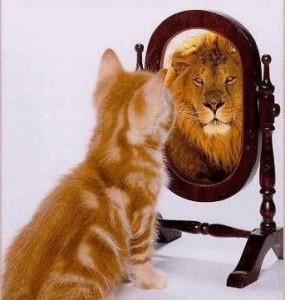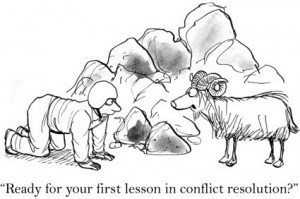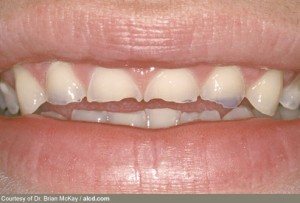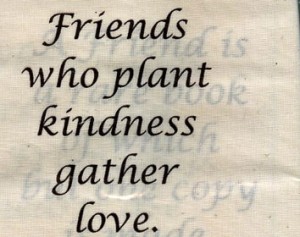 The way we see ourselves and the way others perceive us are usually not the same and many times are very far apart. We discussed the 6 different identities that take place in a conversation in our last post. Many times we are unaware of how our behavior appears or is experienced. For instance if we are a much taller or bigger person than those we are interacting with, just because of size we may come off as intimidating.
The way we see ourselves and the way others perceive us are usually not the same and many times are very far apart. We discussed the 6 different identities that take place in a conversation in our last post. Many times we are unaware of how our behavior appears or is experienced. For instance if we are a much taller or bigger person than those we are interacting with, just because of size we may come off as intimidating.
There may be other reasons others may feel intimidated including our voice, body language or facial expressions. It may be the quickness that we speak or the critical nature of our speech. We may be prone to outbursts or sarcasm that in our mind are acceptable, but to others is seen as abrasive and put-downs. Our words or actions may be triggering in others reactions that may trigger a reaction in ourselves. This spiral of emotional triggers can very easily get out of control.
While we may have many positive character traits, we will never know how others perceive us unless we ask and are open to how others perceive us. This step of becoming aware of our effect on others will help us decide if we need to adjust our reactions and find ways to respond that are not aggressive or intimidating. – need to be aware of the intimidation factor that comes with the position we hold so that our expressions are not seen as intimidating others.
Using empathy we can ask ourselves, “If I was being spoken to at this time in this manner would I feel safe or unsafe.” Answering very honestly will give us feedback in how we would like to proceed.





